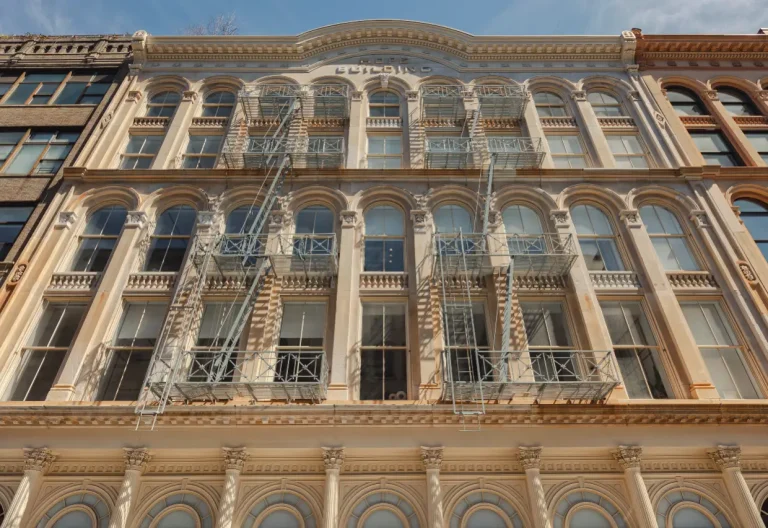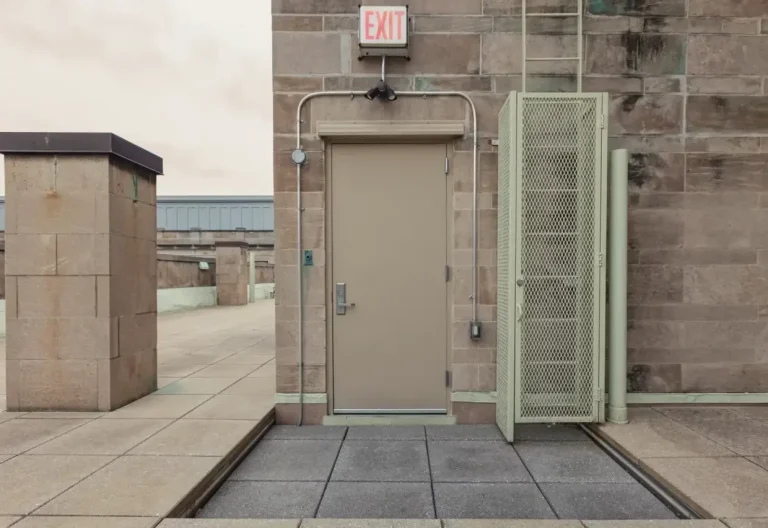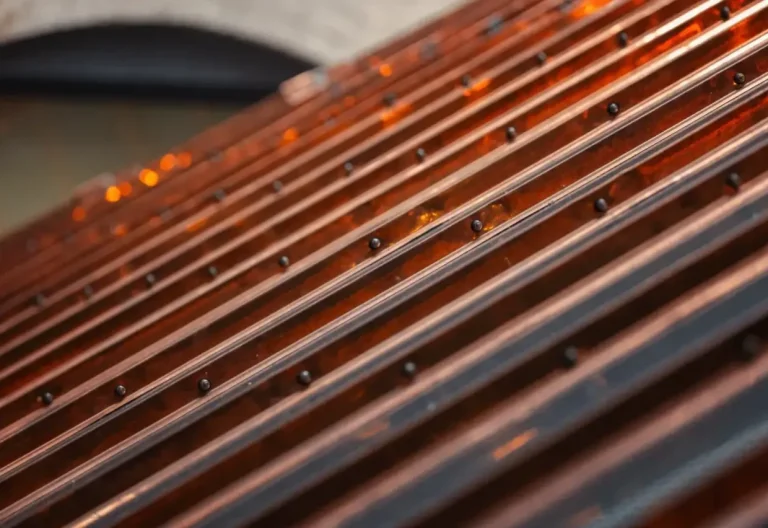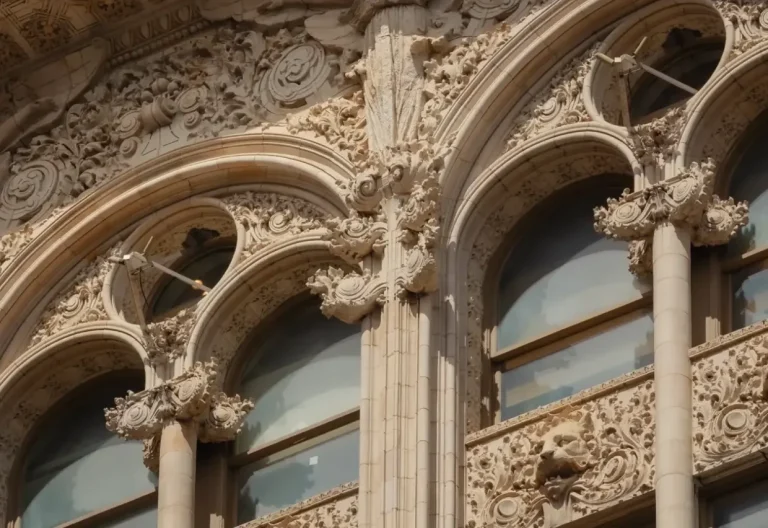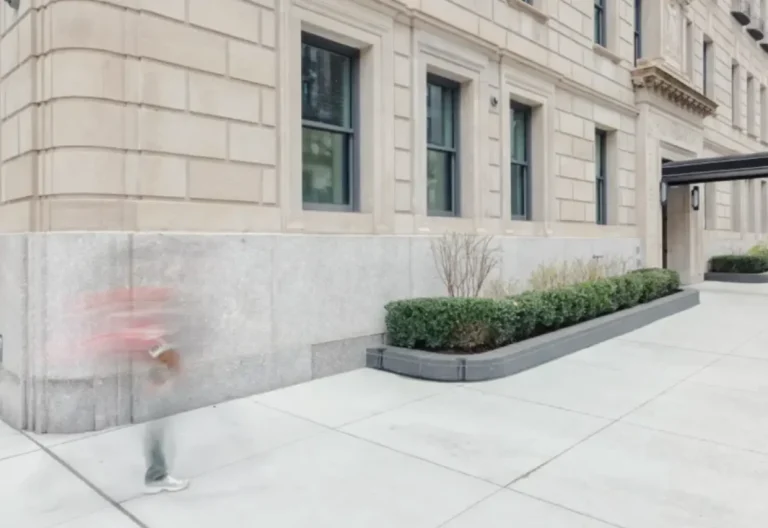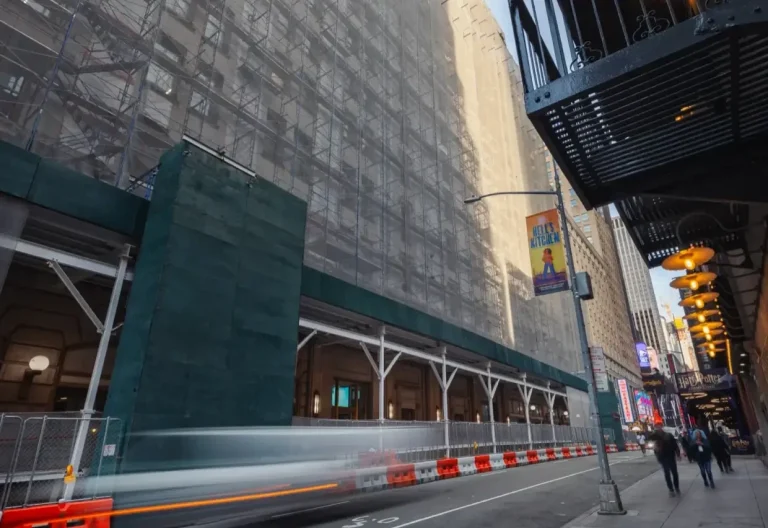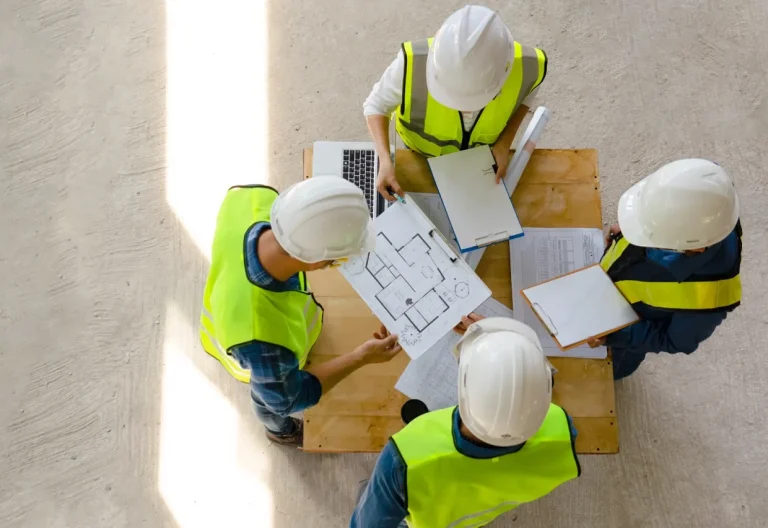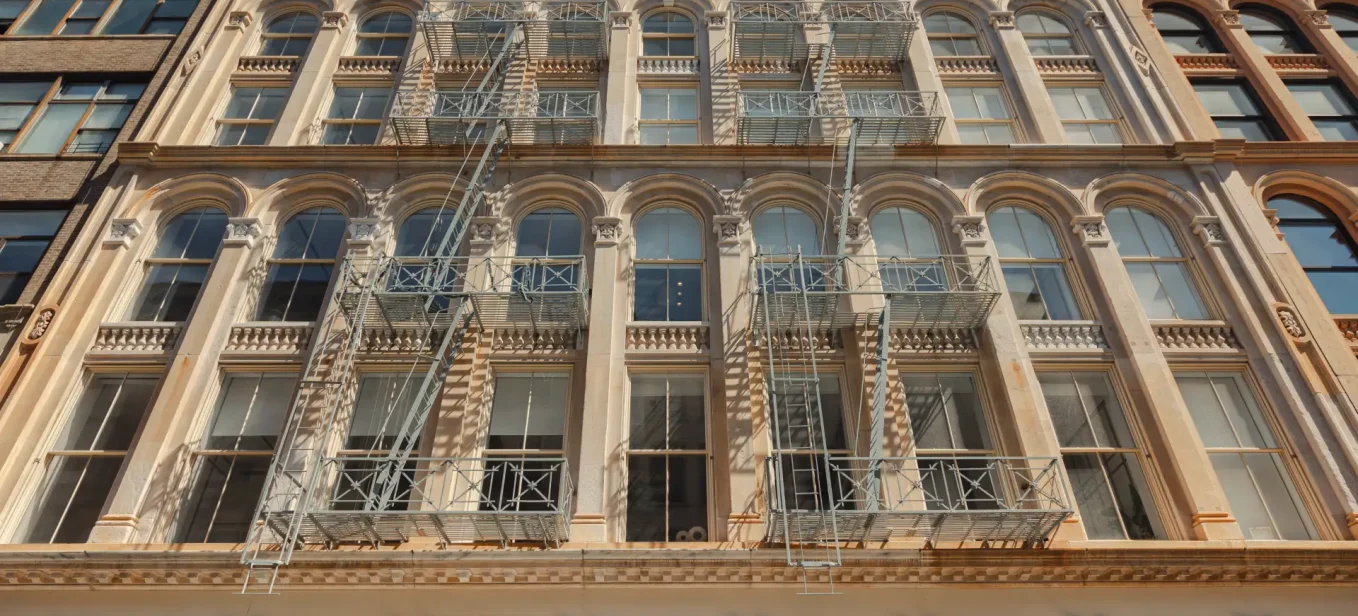
Local Law 11: What Building Owners Need to Know
- By: Nova Construction Team
- Published:
- Updated: December 2, 2025
New York City's iconic skyline is a testament to architectural brilliance, but it also comes with significant responsibilities for building owners. At the forefront of these responsibilities isLocal Law 11, now known as the Facade Inspection Safety Program (FISP).
- The death of a college student in 1979
- A significant wall collapse on Madison Avenue in 1997
The core purpose of Local Law 11 is to ensure the safety of pedestrians and residents by mandating regular inspections and maintenance of building exteriors.
Key Takeaways
- Local Law 11, also known as the Facade Inspection Safety Program (FISP), was enacted to prevent falling debris and ensure public safety by mandating regular inspections and maintenance of building exteriors for all NYC buildings over six stories tall.
- Qualified Exterior Wall Inspectors (QEWIs) conduct comprehensive facade inspections every five years, including visual assessments and hands-on examinations of exterior walls, balconies, fire escapes, and other building attachments.
- Post-inspection, buildings are classified as Safe, SWARMP (Safe With a Repair and Maintenance Program), or Unsafe. These classifications dictate the urgency and scope of necessary follow-up actions and repairs.
- Local Law 11 operates on a five-year cycle, with the upcoming Cycle 10 beginning February 21, 2025. Compliance involves significant financial commitments, including inspection fees starting at $425 and potentially high costs for repairs. Non-compliance can result in escalating fines.
- Building owners should engage in proactive maintenance, keep thorough records, plan ahead, stay informed about regulation changes, and work with experienced professionals to ensure compliance and mitigate costs.
Key Components of Local Law 11
- All exterior walls
- Appurtenances (attachments to the building’s exterior)
- Balconies
- Fire escapes
- Cornices
- Window air conditioning units
This comprehensive approach ensures that no potential hazard goes unnoticed.
The Inspection Process
At the heart of Local Law 11 compliance are the Qualified Exterior Wall Inspectors (QEWIs). These professionals must be either licensed architects or engineers with specialized training.
The inspection process involves:
- Visual assessments
- Hands-on physical examinations
Often, these inspections require the use of scaffolding or other access equipment to closely inspect all areas of the facade.
Building Classifications
Upon completion of the inspection, the QEWI categorizes the building’s condition into one of three classifications:
- Safe: The building’s exterior is in good condition with no apparent issues.
- SWARMP (Safe With a Repair and Maintenance Program): Some deficiencies exist that, while not immediately dangerous, require attention before the next inspection cycle.
- Unsafe: Severe defects are present that pose an immediate threat to public safety and require urgent attention.
These classifications are critical, as they determine the necessary follow-up actions and timelines for building owners.
Compliance Timeline
Local Law 11 operates on a five-year cycle. The upcoming Cycle 10 is set to begin on February 21, 2025, and run through February 21, 2030. This cycle is further divided into three sub-cycles (A, B, and C), each lasting approximately two years.
Important: The specific filing deadline for a building depends on the last digit of its block number, ensuring a staggered approach to inspections across the city.
As we approach Cycle 10, buildings that were categorized as SWARMP in the previous cycle (Cycle 9) should prioritize addressing these issues before their new inspection.
Failure to address SWARMP conditions can result in an automatic “Unsafe” classification in the subsequent cycle.
Financial Considerations
Compliance with Local Law 11 comes with significant financial implications for building owners:
- Inspection Costs: As of the last update, the filing fee for a new FISP report was $425, with additional fees for amended or subsequent reports.
- Repair and Maintenance Costs: These can vary widely depending on the building’s condition and the extent of required work. In some cases, extensive facade repairs can run into hundreds of thousands of dollars.
- Non-Compliance Penalties:
- Late filing fees start at $1,000 per month
- Failure to correct unsafe conditions can lead to escalating penalties, potentially reaching tens of thousands of dollars annually
Building owners should view Local Law 11 compliance as a long-term financial commitment.
Establishing a dedicated reserve fund for facade maintenance and repairs can help spread costs over time and avoid financial shocks when significant work is required.
Best Practices for Building Owners in NYC
To effectively manage Local Law 11 compliance, building owners should adopt several best practices:
- Proactive Maintenance: Don’t wait for inspection cycles to address visible issues. Regular maintenance can prevent minor problems from becoming major (and costly) repairs.
- Thorough Record-Keeping: Maintain detailed records of all inspections, repairs, and related permits. This documentation is invaluable during inspections and can help streamline the compliance process.
- Plan Ahead: Be aware of your building’s inspection cycle and start preparing well in advance. This includes budgeting for potential repairs and scheduling inspections early in your filing window.
- Stay Informed: Keep up-to-date with any changes to Local Law 11 requirements. The Department of Buildings occasionally updates regulations, and being aware of these changes is crucial for compliance.
- Work With Experienced Professionals: Partner with reputable QEWIs and contractors who have a track record of successful Local Law 11 compliance projects, such as Nova Construction Services.
Got a project in mind? Let's chat about bringing your construction vision to life!
Final Thoughts
Local Law 11 plays a vital role in maintaining the safety and integrity of New York City’s buildings. While compliance can be complex and costly, it’s an essential investment in the longevity of your property and the safety of the public.
The goal of Local Law 11 is the creation of a safer urban environment for all New Yorkers. As a building owner, your proactive approach to facade maintenance contributes significantly to this important public safety initiative.
Nova Construction Services specializes in Local Law 11 repairs, providing expert guidance and comprehensive solutions to ensure your building remains compliant and safe.
Contact us today to learn how we can help you meet all Local Law 11 requirements!

